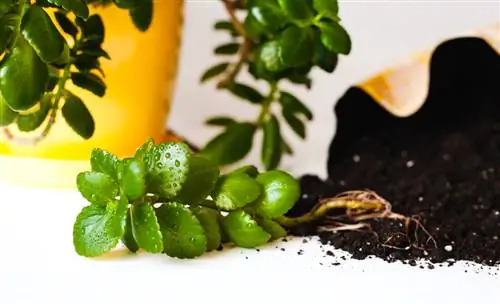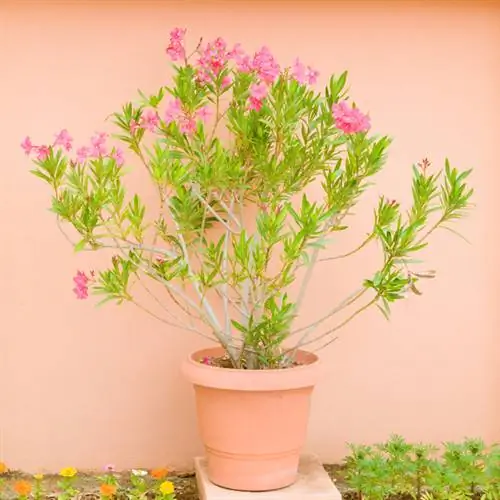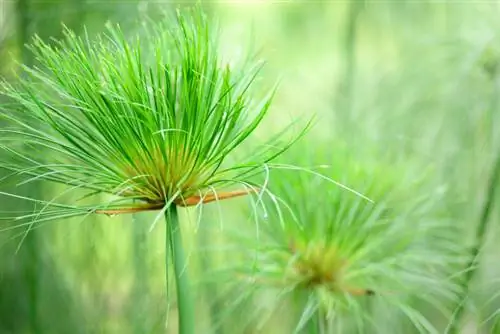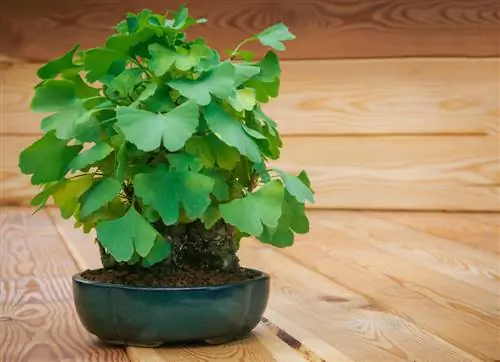- Author admin [email protected].
- Public 2024-01-05 20:48.
- Last modified 2025-01-23 11:22.
The fascinating thing about caring for plants is watching how even propagated cuttings gradually develop into he althy young plants. Would you also like to have this experience and try your hand at multiplying your houseplants? This can be done easily with offshoots. We have the right instructions ready.
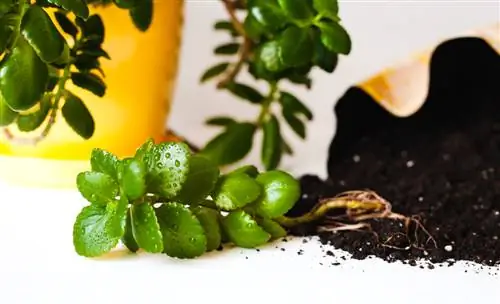
How do you propagate houseplants with cuttings?
To propagate houseplants with cuttings, select a he althy, strong cutting with its own root and separate it from the mother plant with a sharp, disinfected knife. Place the cuttings in potting soil, support it if necessary, water lightly and store the pots at 19-23°C. Avoid direct sunlight.
Which plants produce offshoots?
Offshoots are small shoots that either grow directly on the mother plant or form the end of a short side shoot. The latter is often observed in succulents. In addition to the ground cover plants, pineapple plants and cacti also form offshoots. The shoots suitable for reproduction are also called Kindl or Kindel.
Instructions
- Choose a he althy, strong cutting.
- Separate this as close as possible to the main shoot of the mother plant.
- Place the cuttings in potting soil and press the substrate on all sides.
- If the cutting is too heavy to stand upright, support it with a bamboo stick.
- Water the potting soil lightly until the first shoots appear.
- Store the cultivation pots at temperatures of 19°C to 23°C.
Tip
Do not expose the fresh cuttings to the blazing sun. Too intense light would cause the substrate to dry out quickly, meaning increased watering would be necessary. This would in turn lead to waterlogging and nip the young roots in the bud.
Requirements for the offshoot
In order for the propagation of a houseplant to be successful using a cutting, your specimen must meet certain requirements, which would be:
- It must have formed its own root.
- He must be sufficiently tall, he althy and strong.
- It must already have its own sheets.
Tool
When cutting off a cutting, the tool used plays an important role. Only use a sharp knife to make a clean cut. With a dull blade you are forced to saw off the cuttings sooner. The frayed wound at the cut site will heal poorly. You should also disinfect the knife beforehand with pure alcohol from the pharmacy so that no germs get into the plant sap.
Tip
When cutting a cutting, you not only have to pay attention to the integrity of the child, but also proceed so carefully that the mother plant is not damaged.

